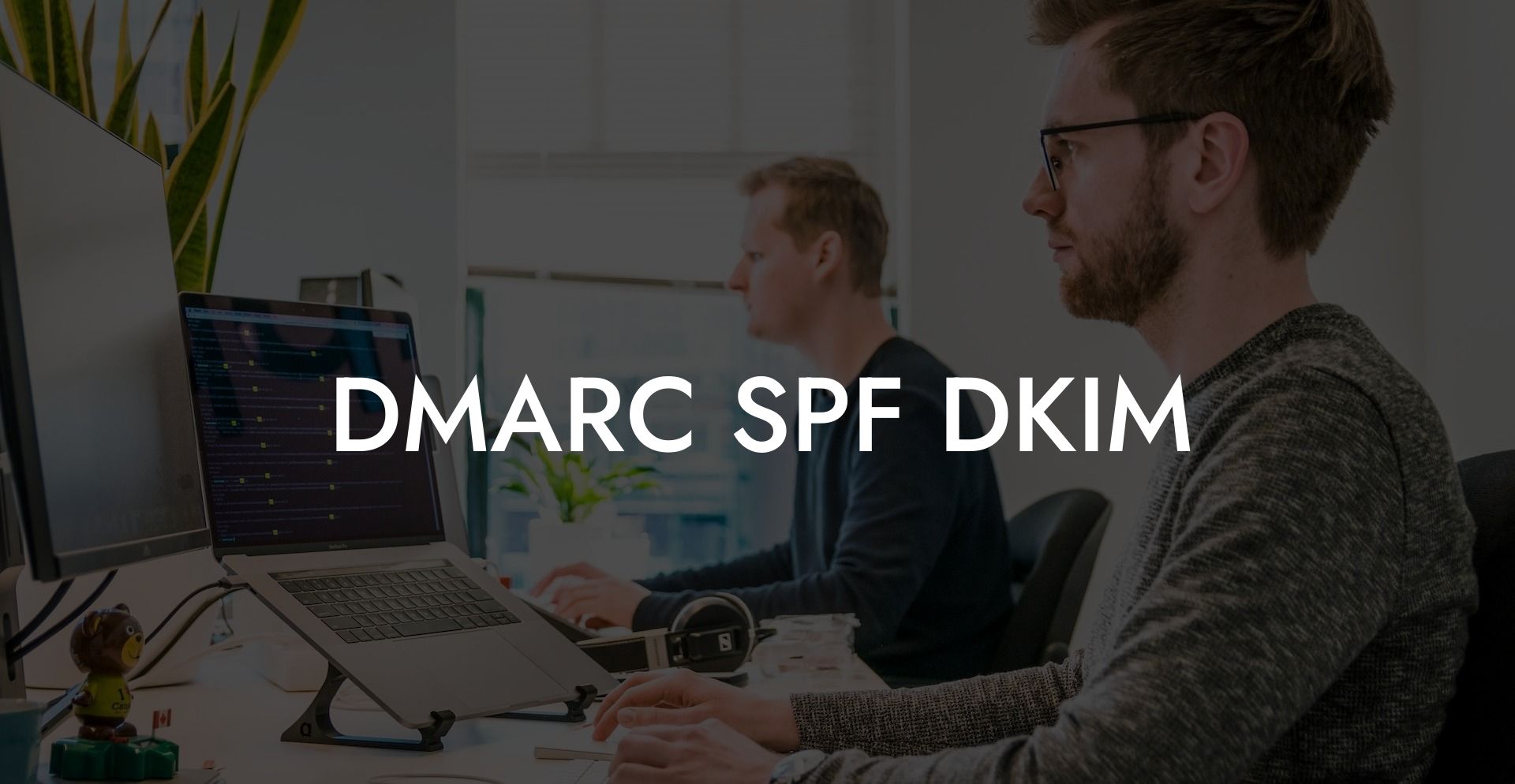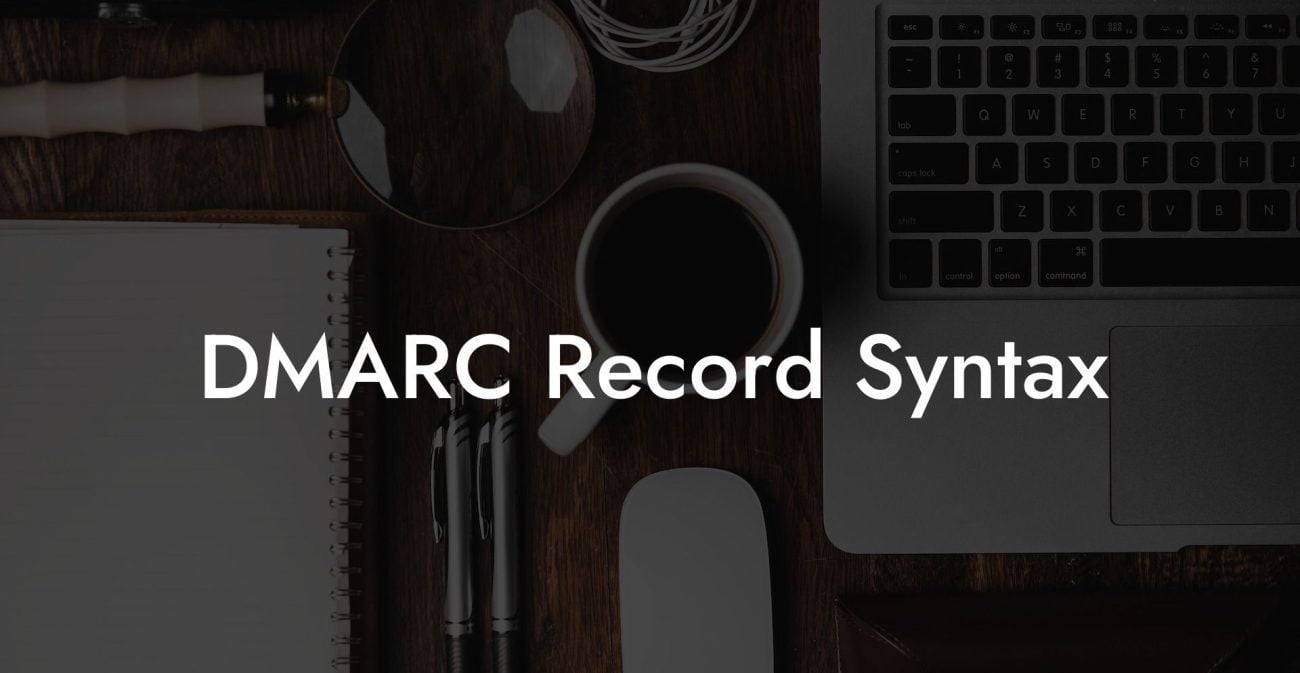Stay ahead of the cybercriminals lurking in the shadows of your online security by understanding the principles of DMARC, SPF, and DKIM. These are essential components in preventing email spoofing and phishing attacks, thus safeguarding your personal information as well as your reputation.
DMARC SPF DKIM Table of Contents
What are DMARC, SPF, and DKIM?
DMARC, SPF, and DKIM are email authentication protocols designed to combat email spoofing and phishing attacks, ensuring that the email received is from a legitimate source. Let's break down each of these protocols to make it easier to understand their purpose:
1. DMARC (Domain-based Message Authentication, Reporting, and Conformance)
- DMARC is an email validation system that checks if an email comes from an authorized source.
- It combines the power of SPF and DKIM protocols and adds reporting and policy application to prevent email spoofing and phishing attacks.
- When a sender implements DMARC, they publish a policy regarding the handling of emails that fail authentication so that receivers can better protect their users.
2. SPF (Sender Policy Framework)
- SPF is an email validation protocol that detects and prevents email spoofing.
- It allows the owner of a domain to specify which servers are allowed to send emails on behalf of the domain, ensuring that only authorized senders can send emails from that domain.
- Receiving mail servers check the SPF records of the sender's domain to evaluate the legitimacy of the email.
3. DKIM (DomainKeys Identified Mail)
- DKIM is a digital signature-based email authentication protocol that adds an extra layer of validation to the received email.
- The sender's mail server signs the outgoing email with a private key specific to the domain. The public key in the DNS record is used by the recipients to validate the signature. Therefore, it works as a cryptographic proof of the email's authenticity.
- Even if another server or spammer tries to impersonate the original sender, they will not have access to the private key and will be unable to generate the same signature, resulting in the email being marked as spam or rejected.
Protect Your Data Today With a Secure Password Manager. Our Top Password Managers:
DMARC SPF DKIM Example:
Imagine an organization called "cyberdefenders.com" that wants to ensure its email recipients trust the emails they receive. To achieve this, the organization implements DMARC, SPF, and DKIM.
SPF Implementation:
cyberdefenders.com adds an SPF record to its DNS zone, specifying the authorized mail servers allowed to send emails from their domain. When an email is sent from "cyberdefenders.com," the recipient's mail server will verify the SPF record for the domain. If the email is from an authorized server, it passes SPF authentication.
DKIM Implementation:
cyberdefenders.com configures its mail servers to sign outgoing emails with a private key. The organization also adds a DKIM record with the corresponding public key to its DNS zone. When an email is sent, the recipient's mail server retrieves the public key and validates the email's signature. If the signature is valid, the email passes DKIM authentication.
DMARC Implementation:
Finally, cyberdefenders.com publishes a DMARC record, specifying the policy for handling emails that fail SPF and DKIM checks. If an email fails these checks, the recipient's mail server follows the DMARC policy and either quarantines or rejects the fraudulent email.
Implementing DMARC, SPF, and DKIM protocols is a crucial step in bolstering your online security. With cybercrime on the rise, taking the initiative to understand and implement these protective measures is more vital than ever. Check out other guides on Voice Phishing to learn even more about protecting yourself and your recipients from cyber threats. Feel free to share this article and spread awareness about the importance of email authentication protocols.
Protect Your Data Today With a Secure Password Manager. Our Top Password Managers:















